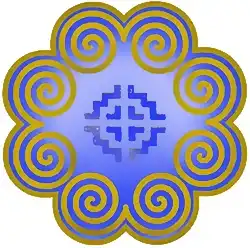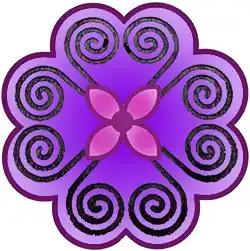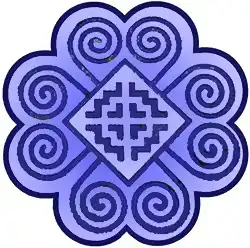|
||
|
|
WHAT IS THE MONG CULTURE? Our culture is what our parents and ancestors passed down to us. It is what we have learned to accept and accustom to; how we live our lifestyle; our way of expressing ourselves through arts, music, or simply our characteristics and personalities; how we behave as a society; how we perceive and practice pattern of life for adaptation and improvement. Culture is also an evolution meaning it can change throughout history from assimilations and new developments.
NCAAS, MONG TRADITIONAL JAW HARPS The jaw harp is one of the Mong instruments used by Mong for courtships and entertainment. It communicates through throat voicing/singing into the jaw harp to make sounds. The harp custom of the Mong was originally from the north, according to many elders. However, other ethnic minorities within the Tu, Hui, Qiang, Akha, Pumi, and Mu of China also have this harp. Other ethnic minorities also have the mouth jaw harps and with different styles. CLICK TO SEE QEEJ (Lusheng) The "Qeej and Mong Drum" have become an essential part of Mong culture. They are now primarily used for funeral rituals. Initially, the drum was used for warfare and communication. Qeej was used for entertainment in the past, and many are taught that only Mong has qeej which is invalid. Other Nanman ethnic minorities also have lusheng (qeej), played differently. Mong qeej used to be all wood. The present-day Mong version of qeej is a new design of bamboo flutes inserted into the wood base. Elders of China still say that Mong first had this bamboo instrument when they occupied the Yangtze River from the north. See a conversation with Professor Thao about how Mong first used the bamboo qeej during Ming Dynasty. They fled the Yellow River Basin to the Yangtze River during the time Ming people attacked the Mong.
|
|
MOUNTAIN FESTIVAL (Ao Bao or Nqaum Toj) These are Mong who assimilated with the Dien Po aboriginal people of Guizhou. They are now classified under Miaozu since 1949, but they still dressed up like the Mong from the north with long coats split by the legs. They still practice the Ao Bao (a Mong culture) playing the Aobao song, which many had forgotten. Elders of this region say their ancestors being the ethnic minority, were forced out from Jiangxi "Zhushi Han." The Aobao Song [Ao Bao Xiang Hui], Nkauj Nqaum Toj]
THAAV CHINJ (YUE QIN, TAN QIN)
***Another Sample from Vietnam*** XIM XOOS (Violin) A two-string violin is a well-known instrument used by Mong elders. It is also a common instrument among other people as well. Like the Thaav Chinj, not many know how to play it anymore. It is used to play the southwest tune of the Mong Mountain Festival song There are other tunes played differently depending on the area. For example, the tunes from Mongolia to SW China are very different now. This shows that we adapt to the environment that we are in, just like our language. SAMPLE #1, SAMPLE #2, SAMPLE #3 Mongolian Tune
OUR CLOTHINGS, CUSTOMS & RITUALS Besides history, the Mong traditional clothings, their culture, customs, traditional rituals, language, and how we live our lives define who we all. They distinguish us Mong from the Miao Nanman and Baiyue, and it is incorrect to classify our people into Miao Nanman. |
|
|


